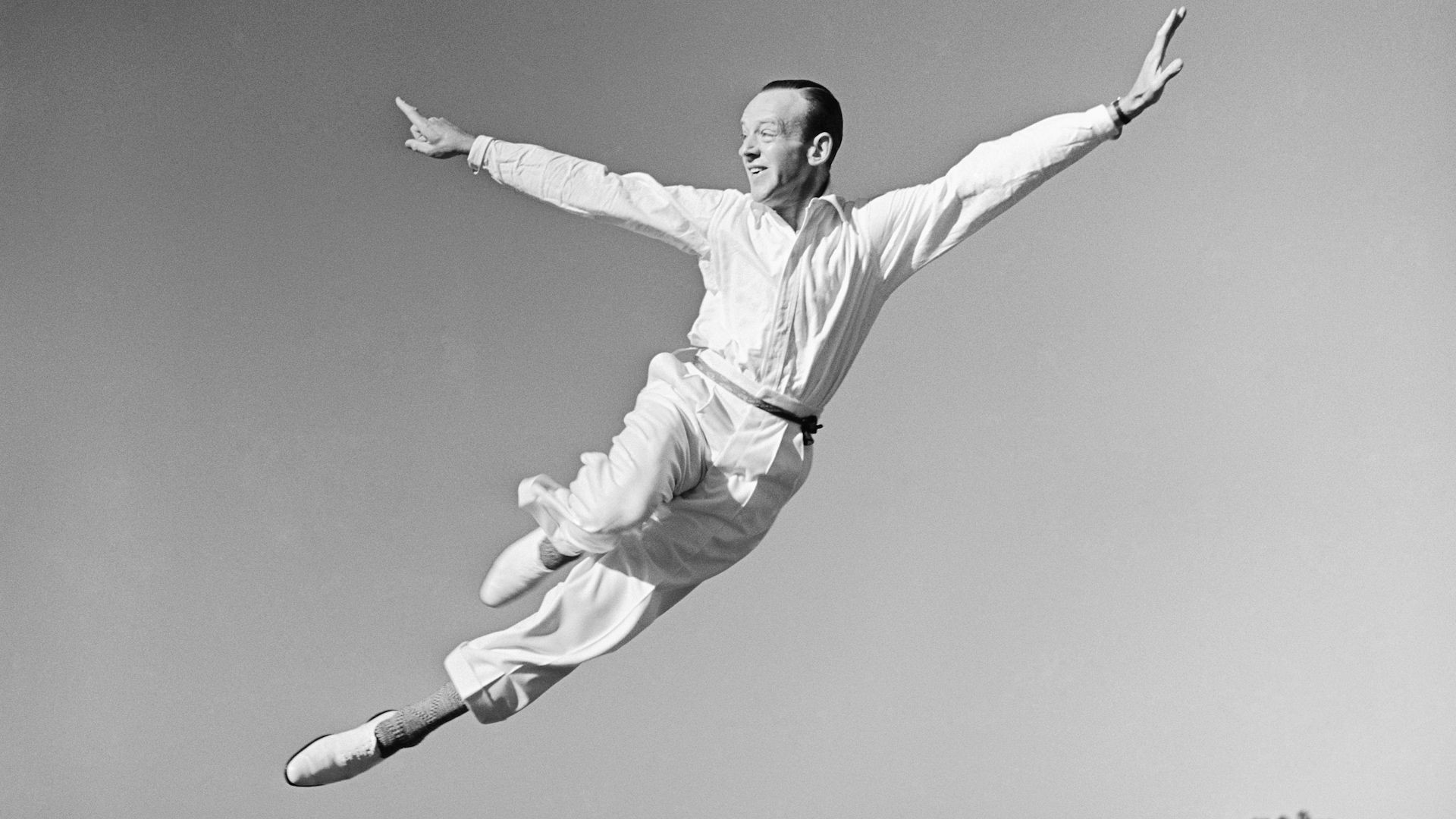Dance is fundamentally the movement of the body in rhythm, typically to music, within a defined space. This movement serves various purposes, from expressing ideas and emotions to releasing energy and simply enjoying the act of moving itself. It’s an art form deeply embedded in human culture, manifesting both as a spontaneous impulse and a highly refined skill.
Dance exists on a spectrum, from a natural human urge to move rhythmically to a sophisticated art form perfected by professionals for audiences. These two aspects are intrinsically linked; the raw impulse fuels the artistic expression, and the art of dance refines and channels this impulse into something profoundly meaningful and often breathtaking to witness, even for those who don’t dance themselves. This connection between primal urge and skilled artistry is a defining characteristic of dance, perhaps more so than in many other art forms. Neither aspect can truly exist without the other in the complete understanding of dance.
Throughout history, philosophers and dance critics have attempted to define dance, often reflecting the specific forms of dance they were most familiar with. Aristotle, in his Poetics, described dance as rhythmic movement intended “to represent men’s characters as well as what they do and suffer.” This definition stems from the crucial role of dance in classical Greek theatre, where the chorus used movement to embody the drama’s themes during lyrical interludes.
In the 18th century, English ballet master John Weaver defined dance as “an elegant, and regular movement, harmoniously composed of beautiful Attitudes, and contrasted graceful Posture of the Body, and parts thereof.” Weaver’s definition clearly reflects the courtly ballet of his era, characterized by its formality, aesthetic emphasis, and restrained emotion. Similarly, 19th-century French dance historian Gaston Vuillier highlighted grace, harmony, and beauty, contrasting “true” dance with what he perceived as the crude, spontaneous movements of early humans.
“The choreographic art . . . was probably unknown to the earlier ages of humanity. Savage man, wandering in forests, devouring the quivering flesh of his spoils, can have known nothing of those rhythmic postures which reflect sweet and caressing sensations entirely alien to his moods. The nearest approach to such must have been the leaps and bounds, the incoherent gestures, by which he expressed the joys and furies of his brutal life.”
In the 20th century, dance critic John Martin shifted the focus, emphasizing dance as a physical outlet for inner feelings, largely disregarding the formal aspects. His perspective was influenced by the Expressionist movement in modern American dance. Martin stated, “At the root of all these varied manifestations of dancing . . . lies the common impulse to resort to movement to externalise states which we cannot externalise by rational means. This is basic dance.”
To arrive at a truly universal definition of dance, we must return to its core principle: dance is an art form or activity that utilizes the body and its full range of motion. Unlike everyday movements related to work, travel, or survival, dance movements are not primarily functional. While dance can incorporate movements from these activities, as seen in work dances across various cultures, and may even accompany them, the movements in dance transcend mere labor. They are infused with qualities of self-expression, aesthetic pleasure, and entertainment. Dance, in its essence, is about moving beyond the purely practical to communicate, to feel, and to connect through movement.
 Fred Astaire demonstrating tap dance, highlighting the rhythmic and expressive potential of dance
Fred Astaire demonstrating tap dance, highlighting the rhythmic and expressive potential of dance
Dance encompasses an incredibly diverse range of styles, techniques, and cultural expressions. From ballet and tap to hip-hop, contemporary, and traditional folk dances from around the world, the forms dance takes are as varied as human cultures themselves. Each style has its own vocabulary of movement, its own history, and its own purpose, whether it’s storytelling, social bonding, ritualistic practice, or pure artistic expression. Exploring these diverse forms reveals the rich tapestry of human creativity and the enduring power of dance as a universal language.

